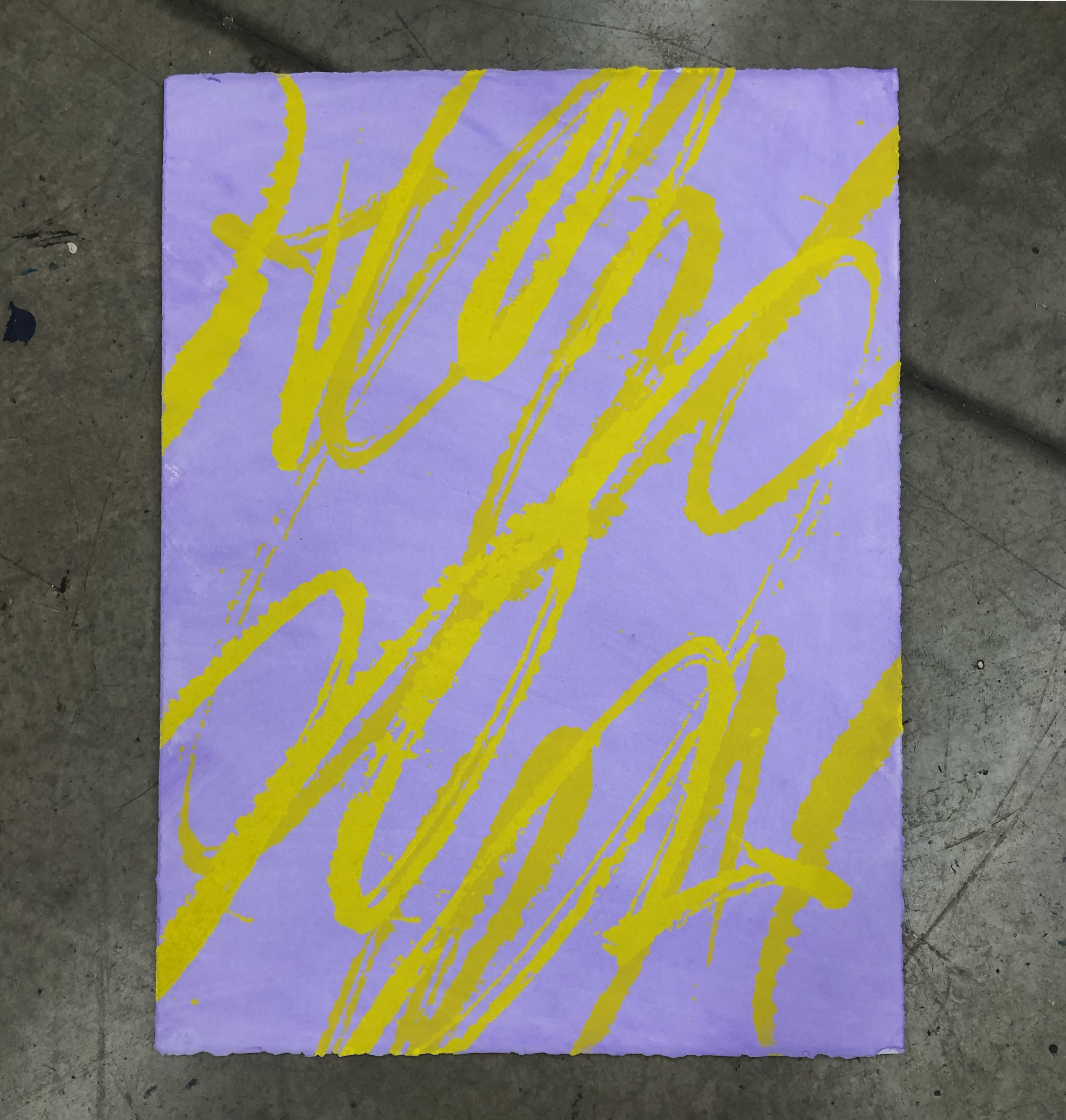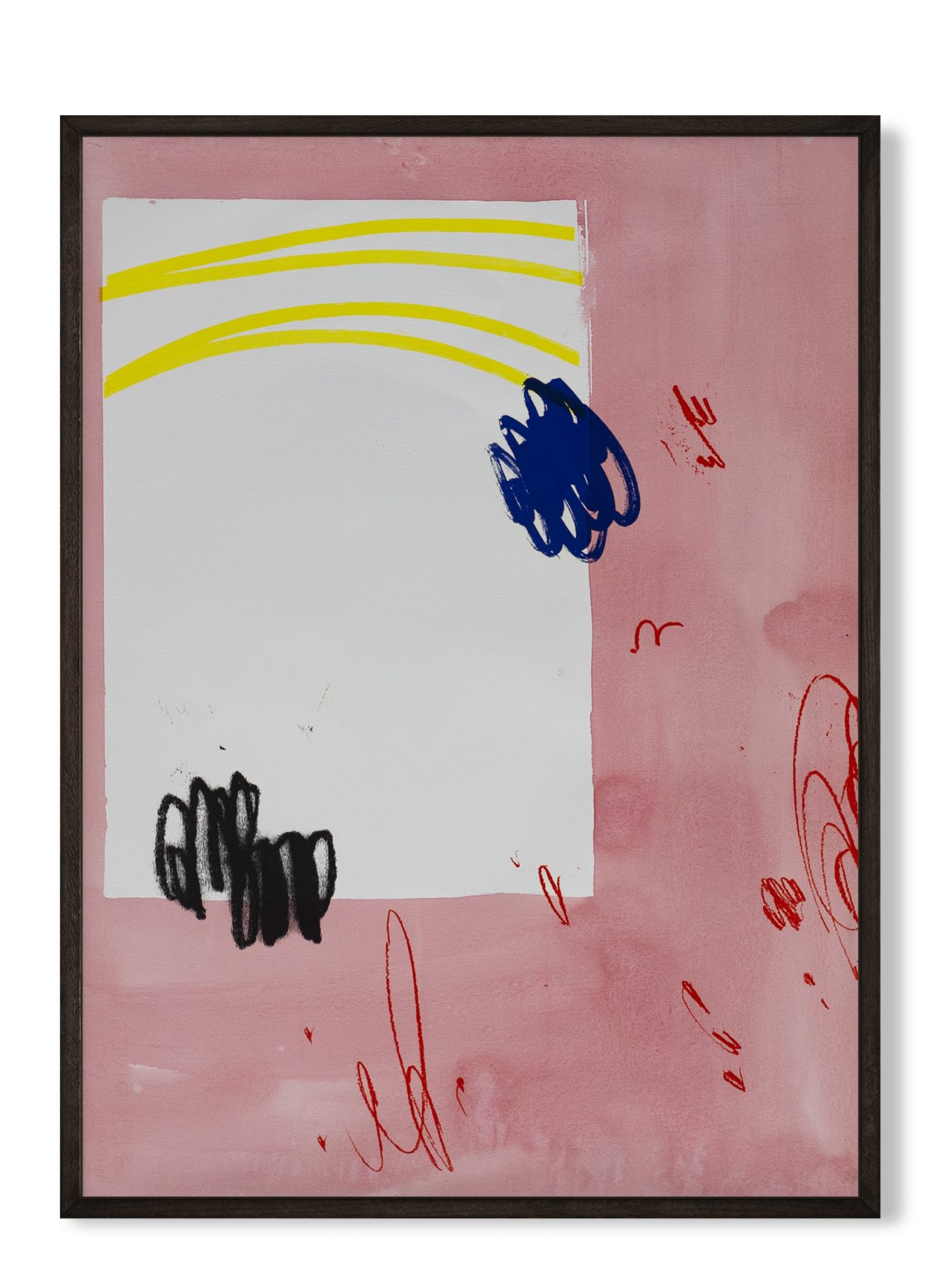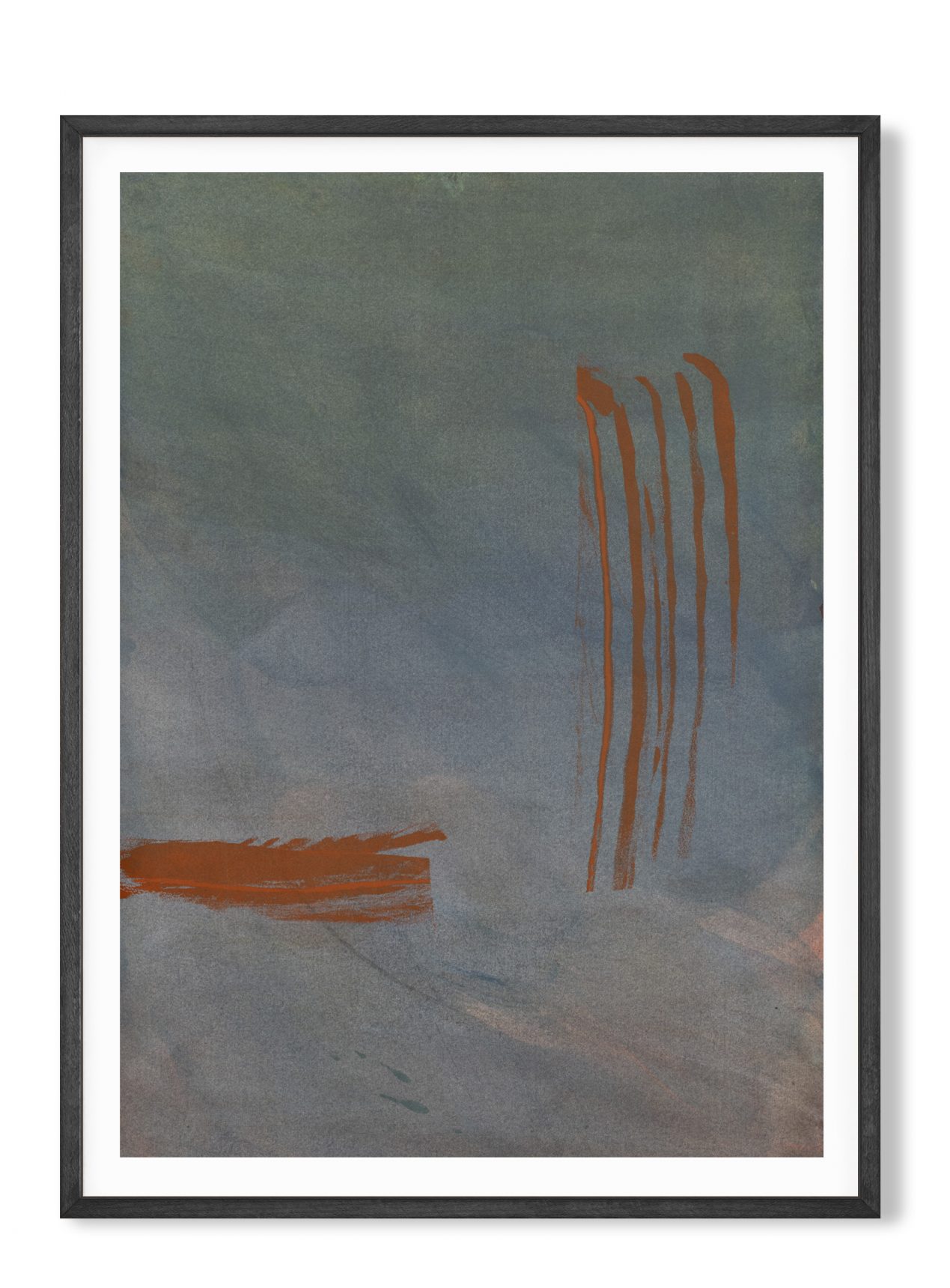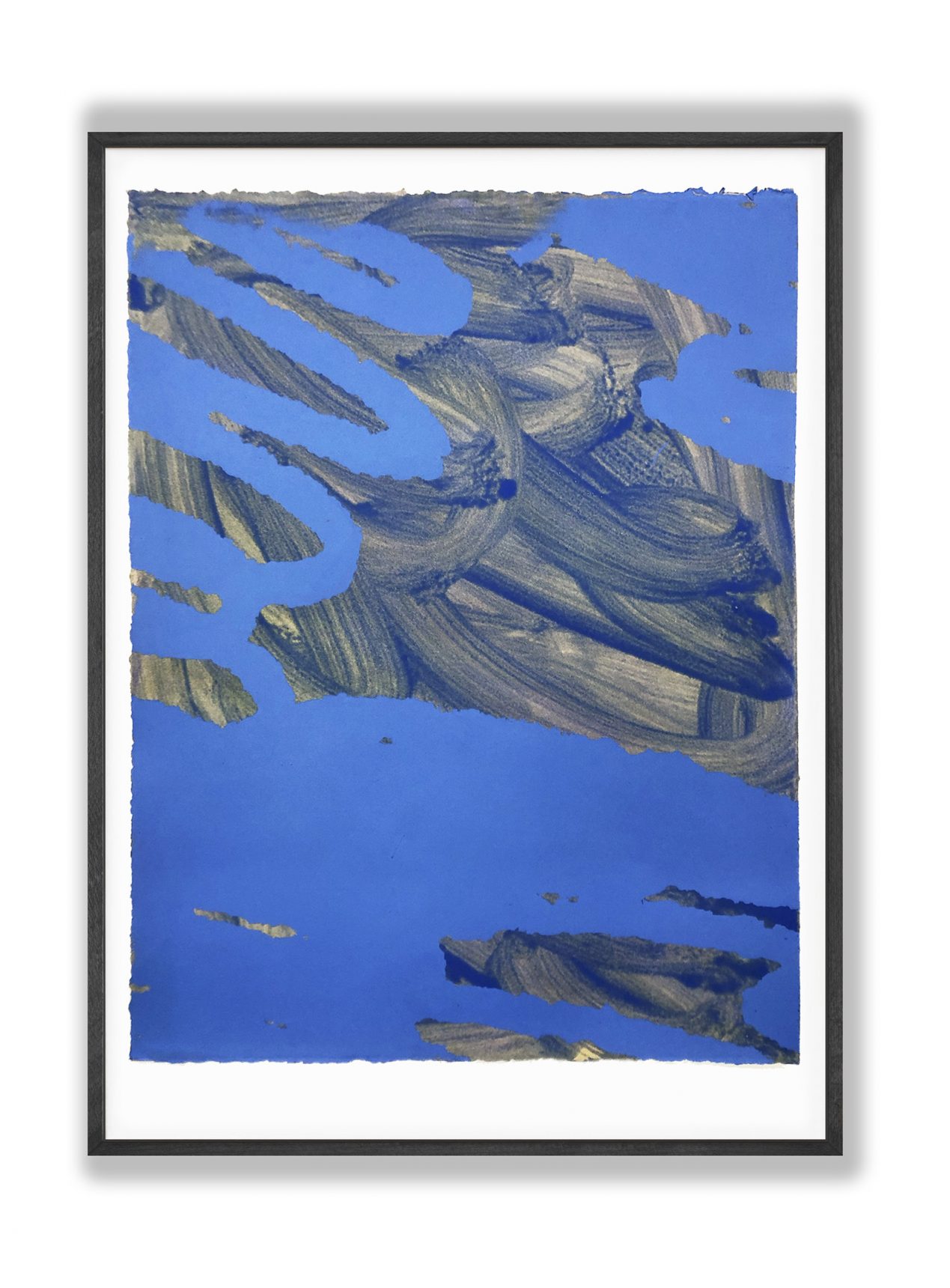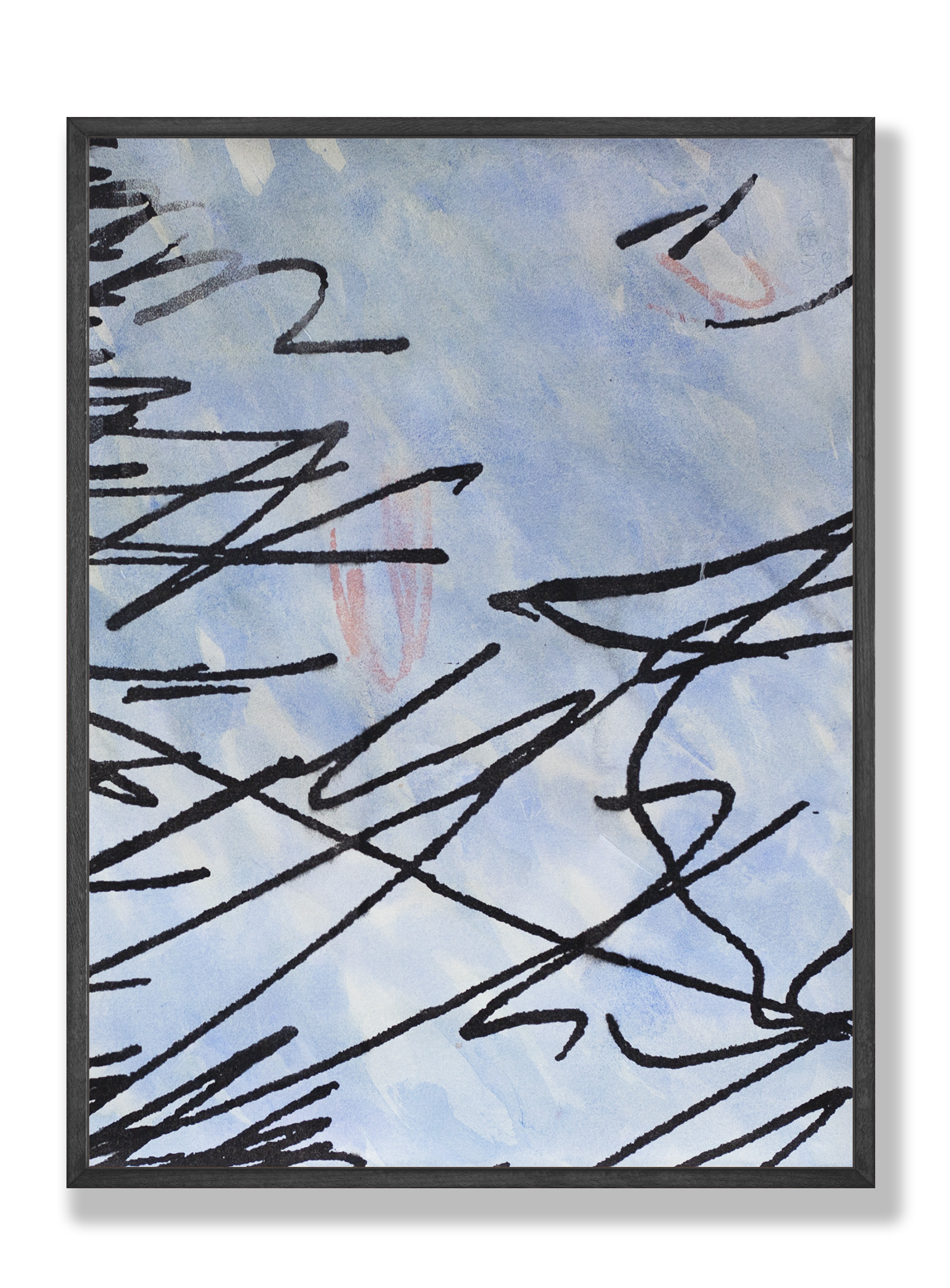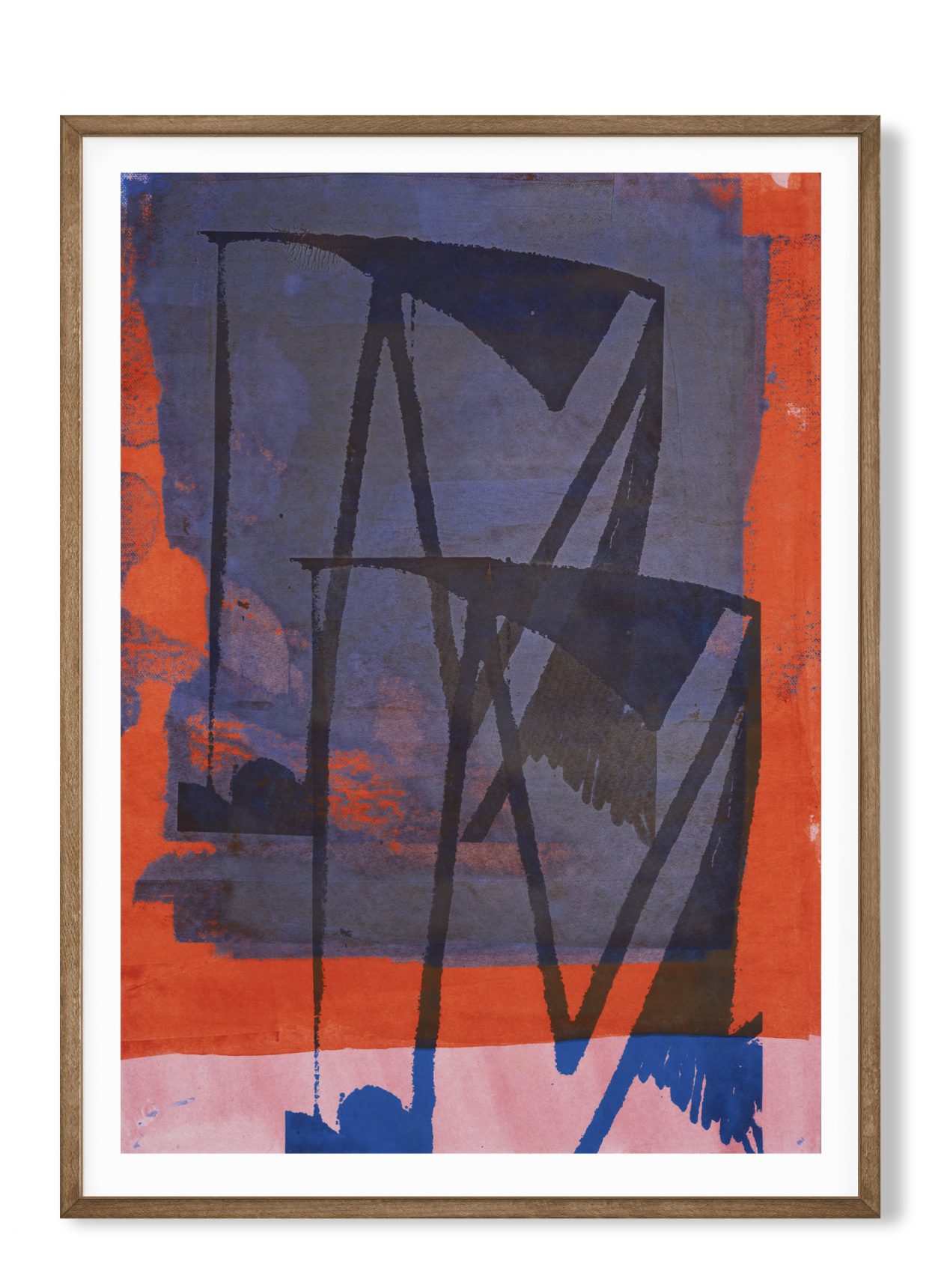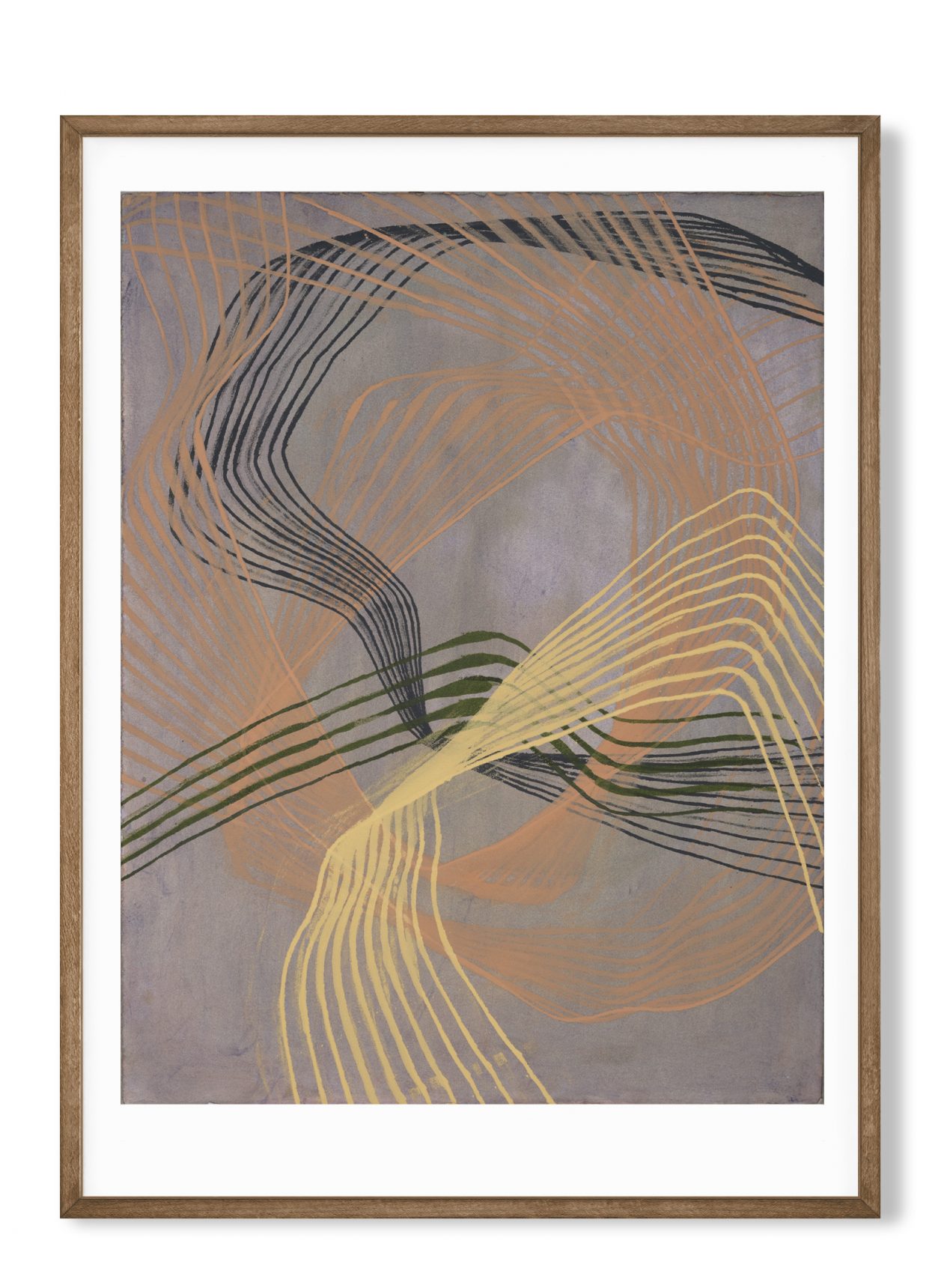Framework conditions
A painting is a rectangle of any size that cane be compared to an open window, writes the Italian art theorist Leon Battista Alberti: Behind both there is a space in a real or an imagined reality. The frame through which one looks into the picture has long been recognized as part of the work of art. Invented in the 15th century, modernism eventually abolished the frame to emphasize the autonomy of the painting. Does art no longer need frames?
Stefanie Hintersteiner consistently deals with various frameworks in her artistic practice, challenging their sometimes restrictive conditions. She experiments with form and colour, line and surface. Disassembling, combining, expanding and transforming to explore a variety of possibilities through repetition. Along the way, boundaries are drawn anew and the framework redefined. However, her works are not limitations, rather bridges and connections between fragments that can be grouped in multiple ways, which allow different possible contextualisations:
First: The Conceptual Framework
Selecting, enlarging, assembling and playing are the tasks that Hintersteiner sets herself at the beginning of a work process. To do this, she sifts through her small-format drawings for a fleeting gesture, a naive scribble or a quick line: graphic elements that she filters before digitally harnessing them. The distilled forms are transferred to paper or canvas using screen printing techniques, where the line-based figures meet upon monochrome colour surfaces, sinking into and penetrating them. Using this reduced vocabulary persistently, she works on several images in parallel to tease diverse results from each motif. This process of superimposing and condensing, arranging and juxtaposing, that lies somewhere between intention and coincidence, is a formal game of composition that Hintersteiner has increasingly perfected.
Second: The “Media” Frame
Hintersteiner switches between the media of drawing, painting and screen printing effortlessly. She skilfully allows the specific properties of these techniques to come together in her extensive series of works. Just as priming the canvas – i.e. the manual application of several layers of oil paint – amounts to a painterly act, Hintersteiner employs the screen and squeegee to achieve similar effects in print. The framed, fine-meshed screen influences the intensity of the colours, leaving unwanted traces that Hintersteiner integrates into individual paintings as deliberate disruptions. The size of the screen also presents limitations, affecting the dimensions of the canvas alongside the physical force required to print. This is a processual and performative way of working, guided by the constant attention and agility of the body.
Third: The Picture Frame
In the exhibition Under Pressure, shown at the art space ada (artistic dynamic association), Hintersteiner integrated the existing door frame by framing it with her printed fabric panels. The folded textiles lay on top of each other like scales, granting the multi-layered structure an object-like character. The artist has also been known to free her paintings from the wall, presenting them on free-standing frames made of wood or metal. These works, located between paintings, sculptures and installation, advance into the third dimension to bodily occupy the exhibition space. Here the coloured canvases visually intertwine with one another like sections of a large-scale painting process. As viewers, we find ourselves situated within the picture, moving within it like performers or dancers.
Fourth: The Interpretive Framework
What do these images “tell” us? They are powerful, explosive, exciting, sensual, emotional, sometimes reserved and strict. They are loose, condensed lines, transparent spots and colour fields on paper or canvas. They are ambivalent, ambiguous zones of contact in which the eye of the beholder slowly finds its footing. They are prototypes of the imagination and as such demand a confrontation that Samuel Beckett aptly formulated: “The much that one wants to express, the little that one wants to express, the ability to express a lot, the ability to express a little, converge in the general effort to express as much as possible, or as true as possible, or as well as possible, as best one can.”[1]
Text: Katja Stecher
[1] Samuel Beckett citated in: Zeichnen zur Zeit, Kunstforum International, Bd. 196, April – Mai 2009, S. 105.


